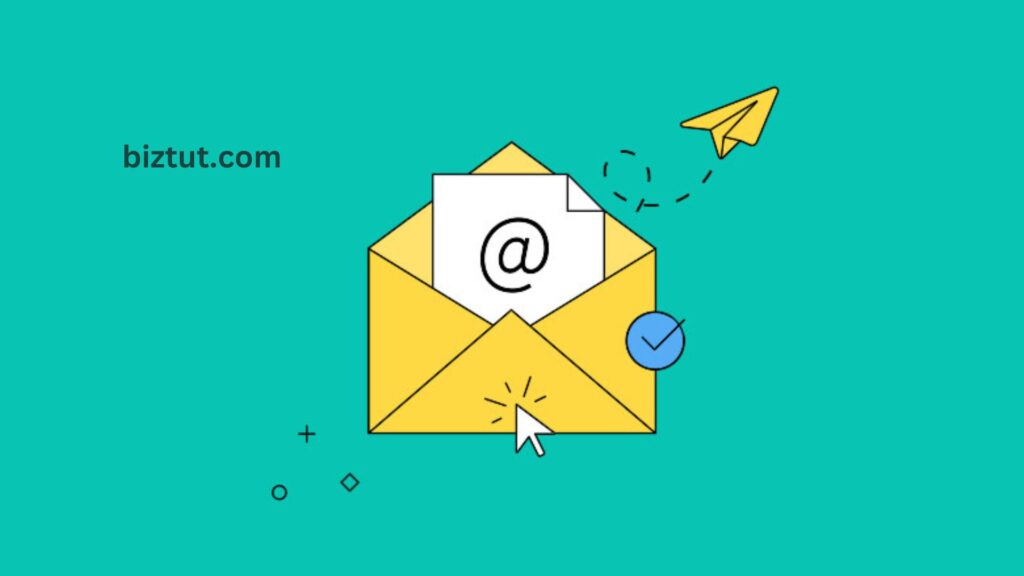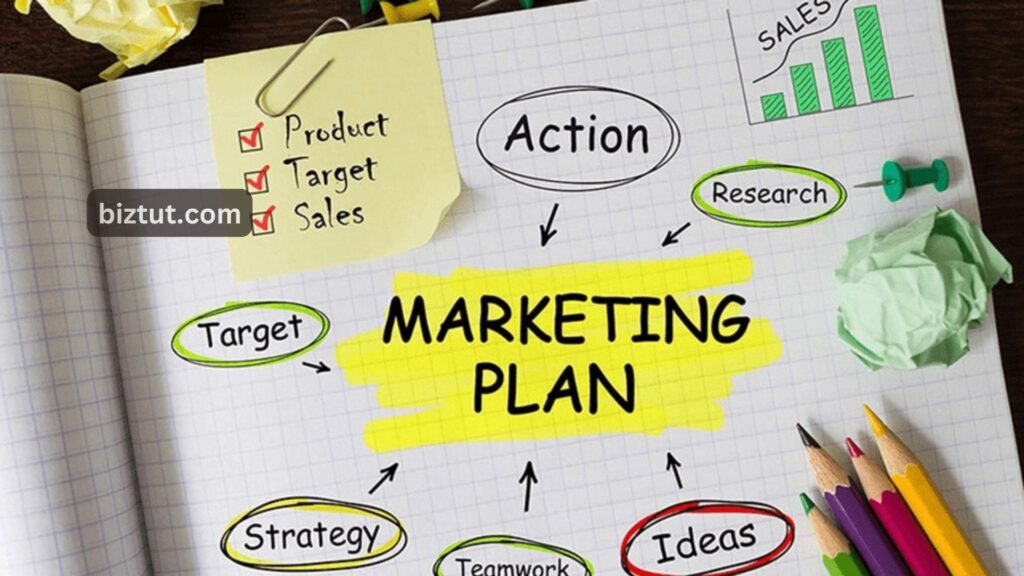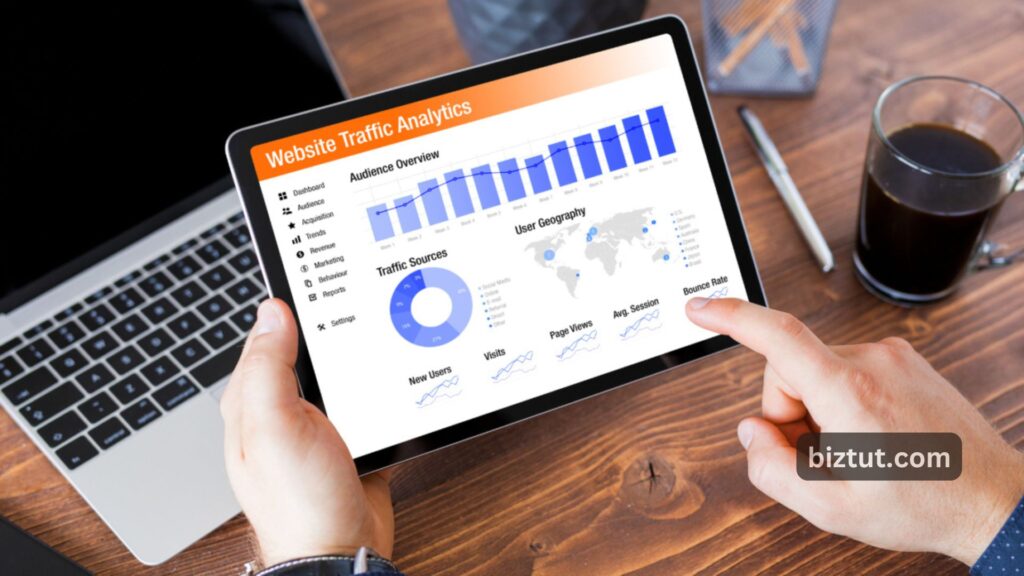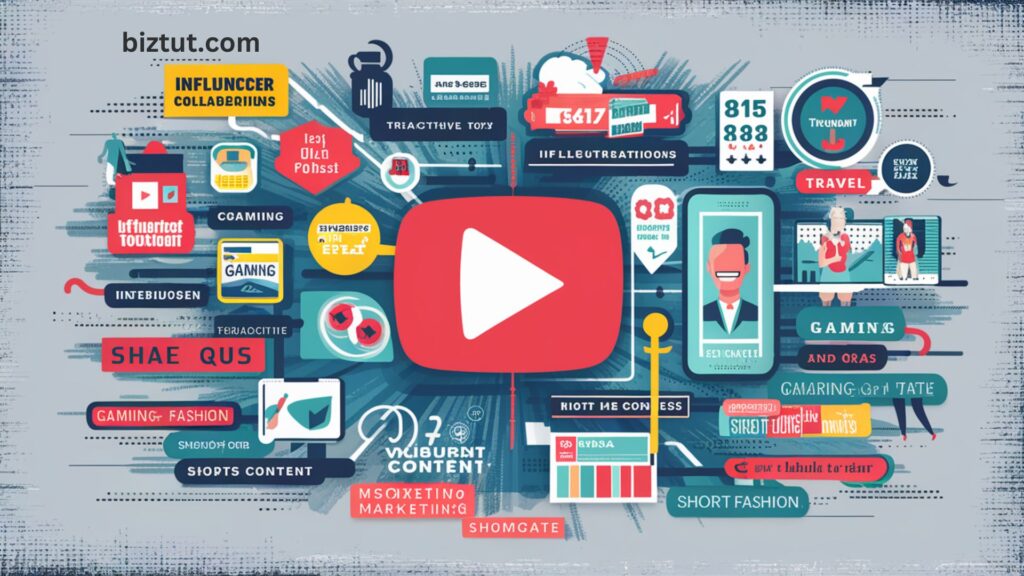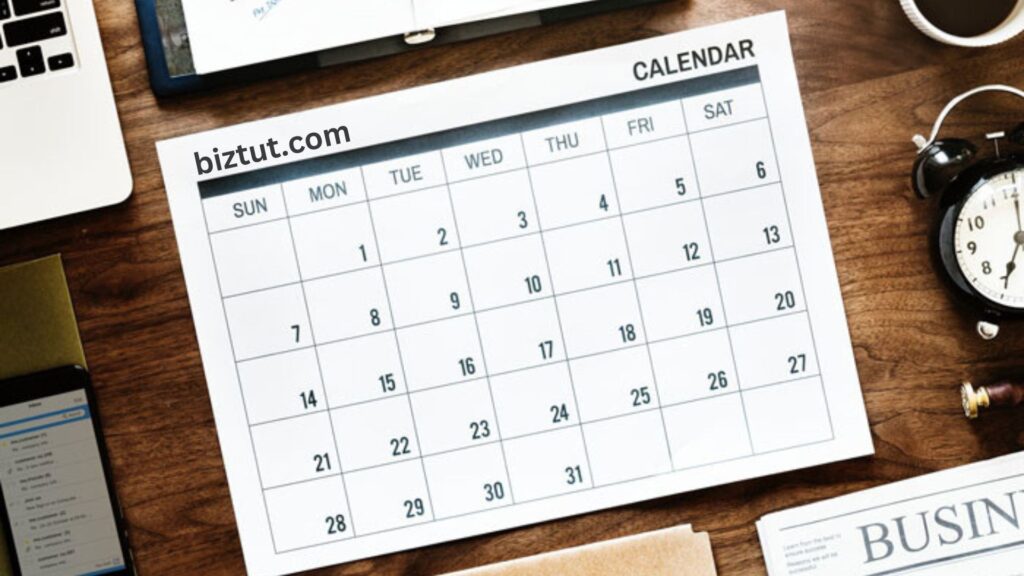Are you looking to create an email marketing campaign that gets opened and clicked?
Email marketing is super important for any business. For every $1 spent on email marketing, businesses earn an average of $36 back. That’s a potential return on investment (ROI) of 3600%!
If you want your small business to hit those success numbers, you need to know how to craft email campaigns that help you reach your goals.
In this blog, we’ll walk you through everything you need to start sending fantastic email marketing campaigns that boost your conversion rates, drive more sales, and increase your ROI.
What Is an Email Marketing Campaign?
An email marketing campaign is a series of emails created to connect with people, promote products or services, and encourage them to take specific actions. These campaigns usually go out to folks who have signed up for the company’s email list or have given their okay to receive marketing emails.
What Are the Types of Email Campaigns?
There are several types of email marketing campaigns that businesses can use to reach their goals. Here are some common ones:

- Newsletter Email Campaigns
Email newsletters are a fantastic way to keep your subscribers engaged and updated on the latest news, updates, and trends related to your brand. You can include different types of content, like articles, blog posts, videos, and images. Plus, you can customize them to target specific groups of subscribers based on their interests or behaviors. - Promotional Email Marketing Campaigns
Promotional emails focus on showcasing a product, service, or event. They often share details about sales, discounts, or exclusive offers. These emails can also announce new product launches. They’re great for quickly generating sales and building customer loyalty. You can even personalize these emails based on subscribers’ past purchases or what they’ve browsed on your website. - Welcome and Onboarding Email Marketing Campaigns
Onboarding emails greet new subscribers and introduce them to your brand and its offerings. These emails help set the tone for their relationship with you and are a great chance to make a positive first impression. You can also include perks, like discounts or freebies, to encourage subscribers to make their first purchase. - Abandoned Cart Email Marketing Campaigns
Abandoned cart emails are sent to people who left items in their online shopping cart without buying them. These emails remind potential customers about what they left behind and encourage them to complete their purchase. You can even offer incentives, like discounts or free shipping, to sweeten the deal.
Email Marketing Campaign Examples
Here are some examples of successful email marketing campaigns that businesses have used:
Promotional Email from Dropbox
Dropbox’s referral program is a great example of how email marketing can help a business grow. They offered existing users free storage space if they referred their friends to join Dropbox.
They promoted this referral program through email campaigns, encouraging users to share personalized referral links in their messages. This smart email campaign brought in over 4 million new users for Dropbox!
What worked: The referral program was straightforward and effective. Dropbox tapped into the power of word-of-mouth marketing by using its existing users. The personalized referral links made it easy to share, and the free storage incentive was a strong motivator.
Email Newsletter from TheSkimm
Next up is TheSkimm, a daily newsletter that delivers news in a fun and engaging way. With over 7 million subscribers, TheSkimm generates revenue through affiliate partnerships and sponsored content. Their email marketing focuses on growing their subscriber base and keeping their audience engaged.
What worked: TheSkimm personalizes its email marketing and targets specific interests. The newsletter content is crafted to resonate with its readers, and with so many subscribers, they have tons of data to fine-tune their email campaigns.
Promotional Email from Charity: Water
Finally, we have Charity: Water, a nonprofit that uses email marketing to promote its campaigns and encourage donations. Their emails focus on storytelling and emotional appeals, creating a personal connection with their audience.
What worked: Charity: Water’s campaigns are heartfelt and engaging. They effectively use stories to connect with people, and their commitment to transparency helps build trust, encouraging more donations.
How To Create an Email Campaign (Step-by-Step Guide)

Step 1: Build a Targeted Email List
To kick off a successful email marketing campaign, you need a solid email list filled with people who are genuinely interested in what you offer. The best way to do this is by turning your website visitors into subscribers.
Start by creating eye-catching opt-in forms that grab attention and encourage sign-ups. Try different signup forms in various spots on your website, like your homepage, blog posts, and checkout pages.
With tools like OptinMonster, you can quickly add attractive opt-in forms to your site and target them to the right audience at the right moment. Here are some options you might consider:
- Welcome gates: These pop up when someone first visits your site. You can also use slide-in forms that let people dive straight into your content.
- Lightbox popups: These appear on any page and focus solely on the opt-in, which can be very effective.
- Exit-intent popups: These show up when visitors are about to leave your site. It’s a great opportunity to offer something valuable and encourage them to stick around.
Did you know that about 50% of visitors leave a website without taking any action? Some sites even have bounce rates over 90%! That’s why we suggest using exit-intent popups to turn those leaving visitors into subscribers and customers. This smart technology can significantly boost your conversions!
Step 2: Know Your Goals
Every successful marketing strategy starts with clear goals, and email marketing is no different. Think about what you want to achieve with your email campaigns. Here are some common goals:
- Welcome new subscribers and share your business’s values to build a relationship.
- Increase engagement, whether that’s promoting a webinar or making your first sale.
- Nurture existing subscribers by offering valuable content.
- Re-engage subscribers who haven’t interacted in a while.
- Segment your audience to send more targeted emails.
You can also set your email goals based on your overall conversion goals.
Step 3: Understand Your Campaign Type
Always include strong calls to action (CTAs) in your emails. CTAs are buttons or links you want your subscribers to click, and they’re essential for meeting your campaign goals. The type of CTAs you use will depend on your campaign type:
- Promotional: If you’re promoting a product, your CTA might link to a product page or a coupon code.
- Relational: If your goal is to build relationships, your CTAs should encourage engagement and deliver value. For example, blog emails might link to top posts, or onboarding emails could link to tutorials.
- Transactional: Transactional emails are vital for eCommerce and include things like order confirmations. Always add CTAs for order details or related products.
A clear and targeted CTA will help your email campaign succeed, and you can easily track your success by monitoring your click-through rates.
Step 4: Know Your Audience
If you’ve been in email marketing for a while, you probably have a good sense of who your audience is. If you’re just starting out, you’ll need to do some research to craft the right content.
Don’t worry; you’ll start gathering subscriber data as soon as you send your first campaign. Meanwhile, check out tools like Google Analytics and your social media insights to learn about your audience’s demographics, locations, and interests. This info will help you create successful email campaigns.
Step 5: Use Technology Wisely
Choose an email service provider that offers tools to make your campaigns more effective. Look for features like:
- Easy drag-and-drop campaign creation
- Automation, templates, and workflows
- Integrations with your existing tools, like WordPress
- Audience segmentation options
- Detailed analytics on your campaign performance
For example, Constant Contact has great automation features that let you send personalized offers for birthdays or anniversaries.
Step 6: Plan Emails and Follow-ups
Once you know your goals, CTAs, and audience, it’s time to organize your email marketing campaign. Since email is a key part of your digital marketing strategy, plan it carefully.
Here’s what to consider:
- How often will you send emails?
- What types of emails will you send?
- What general content will you include?
- What main action do you want subscribers to take (like signing up for an event or buying a product)?
Your emails should be timely, relevant, interesting, and valuable. For example, many companies welcome new subscribers with a short email series introducing their products and services.
Asana does this well with a series of four emails. The subject lines are:
- Welcome to Asana
- What do you need to get done this week?
- Plan your day with Asana
- Hit your next deadline
The first email welcomes users and highlights three tasks they can accomplish. Three days later, the second email checks in on their to-do list. Two days after that, the third email talks about using the Asana dashboard, and the series wraps up with a final email highlighting the calendar view.
Avoid overwhelming your subscribers with too many emails; that could push them to hit the spam button. Stick to the schedule you promised them so they know what to expect. You can even ask for feedback on email frequency through polls or surveys. Offering an option to receive fewer emails can help retain subscribers who love your content but don’t want it too often.
Once you have your email plan in place, it’s time to start writing!
Step 7: Craft Your Subject Line
The subject line is one of the most important parts of your email marketing campaign. It’s your chance to grab attention and get people to open your email. Just like a blog post headline, it needs to entice readers to dive deeper.
You only have a few words to make an impression, so keep your subject line short. Campaign Monitor suggests keeping it between 41 to 50 characters. Remember, on mobile devices, even fewer characters show up, so put the most important information at the beginning.
Here are some tips for creating effective subject lines:
- Clearly tell readers what they’ll get by opening your email.
- Personalization, like including their name, can make your emails more engaging.
- Avoid spammy words to ensure your emails land in inboxes.
- Adapt high-converting subject lines from other successful emails for your own campaigns.

Step 8: Write the Copy
Now it’s time to write your email copy. Start with an engaging hook to draw readers in.
Keep your email copy short and avoid pitching your offer too soon. You want your readers to feel comfortable first.
Use the subscriber’s name and write in a friendly, casual tone, as if you’re chatting with a friend.
Consider these elements for your email copy:
- A personal story can help create an emotional connection.
- Offer something of value, like helpful content or resources. Make sure to explain how it will benefit them.
- Adding a poll, survey, GIF, or video can keep readers engaged.
You don’t need to include all these elements in every email, but keep it concise and focus on a couple of main points. If you do want to write a longer email, make it easy to read by using headings and white space.
Don’t forget the call to action (CTA)! This is the key thing you want readers to do after reading your email. Place CTAs at the start, middle, and end of your email for maximum impact.
Great CTAs are short and clear, making it easy for subscribers to click on your link.

Step 9: Focus on Email Marketing Design
Good design is crucial for your email marketing success. If your emails look bad, it can turn people off. With so many folks reading emails on mobile devices, using a responsive email template is a must. This ensures your email looks good on any device.
Make sure important info is in text, not just images, for better accessibility. Use alt tags to describe images, so those using screen readers know what’s in your emails.
Also Read: 5 Strategies to Boost Social Media Engagement 2024
Step 10: Test and Track
Finally, sending your emails is just the start of email marketing success. To really excel, gather data to improve your future campaigns.
This means A/B testing everything: design, layout, email copy, subject lines, and CTAs. Experiment with different audience segments and email send times.
Keep an eye on analytics from your email service provider, looking at metrics like open rates, click rates, unsubscribes, and forwards. This will help you understand what’s working and what’s not.
Also, monitor your sender reputation, as it affects email deliverability. Use tools like Sender Score to check for any issues that might prevent your emails from reaching your subscribers’ inboxes.



